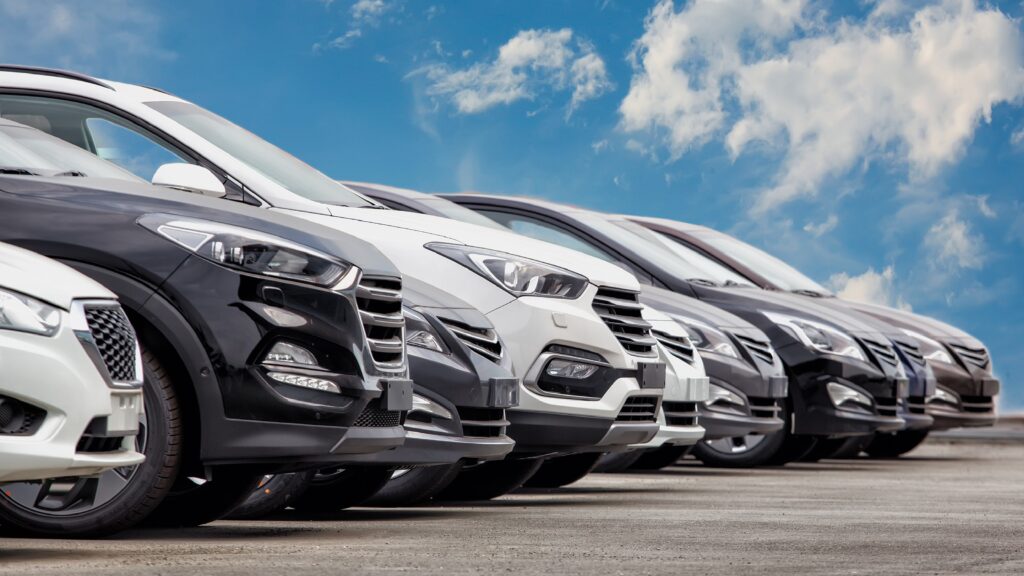To understand what’s going on in the economy and beyond, our highly experienced Kiplinger Letter team will keep up with the latest developments and forecasts (get Kiplinger Letter or Subscription Free Questions). First, we’ll subscribe to all the latest news, but in a few days we’ll publish many (but not all) of our predictions online. This is the latest…
As it was back to normal, the automotive industry is due to intensifying as automakers navigate new tariffs and major changes in the way Washington assists in purchasing vehicles. This is the car shoppers can expect this year.
Sticker prices increase and discount
The price has not risen yet. But they will soon be. Automakers sell stocks imported or assembled before tariffs hit, so instead of taking over the tariff costs, they remain in the putt. Most people try to maintain market share, food costs and hope that the collection of cars, parts and metals will be negotiated.
Subscribe to Kiplinger’s personal finances
Be smarter, better informed investors.
Save up to 74%
Sign up for Kiplinger’s free e-newsletter
Remember profits and prosperity with expert advice on investments, taxes, retirements, personal finances and more – directly to email.
Profit and prosperity with the advice of the best experts – directly to your email.
Assuming that doesn’t happen, look for sticker prices to rise by 4%-8%. Discounts that were approaching pre-Covid levels have become generous. Hope it continues as you get to know what models that automakers can raise prices, what models that hold the line, etc.
Some cheap models tend to be imported and may fall on the roadside due to their low margins. That’s bad news for budget-conscious consumers. Cars in the $30,000 range are already scarce, as automakers focus on more expensive and more advantageous models.
We expect overall sales to slow later this year after a surge in the spring to rush for shoppers to buy before car tariffs come into effect. As a whole year, look for around 15.7 million sales, similar to last year’s level.
Demand for used electric and hybrid vehicles
When new cars rise, second-hand cars are in higher demand. It’s pushing their prices up. They have been running over 3% a year ago on similar used models. This is also a switch. Earlier this year, used cars prices fell by about 1% from the previous year. If you can buy a second-hand electric vehicle, be aware that supply will increase rapidly next year due to the lease jump that took place in 2022.
Just passed tax laws will drive a significant change in the mix of car sales. EV sales are expected to fall, particularly after the $7,500 federal tax credit expired on September 30th. Despite the surge in new electric models, around 75 people have been selling it (approximately five times more than the automaker five years ago). Manufacturers have little choice but to offer juicy discounts to power their electric vehicles.
In contrast, hybrids are popular, accounting for 12% of total sales. Consumers will continue to be attracted to the fuel economy, simplicity and EVs. This portends a good for Toyota, which accounts for half of hybrid sales and Honda (20%).
Tax reductions on car loans
Many more consumers may now fund new cars, given the tax law provisions are interested in tax-deductible car loans. It won’t save much on the cost of a loan for most buyers, but more than anything else in the minds of buyers, even a modest tax credit will shake up more people to fund leases and cash wages.
This forecast has been running since 1923 and is a brief weekly forecast for business and economic trends, as well as a brief weekly forecast for what to expect from Washington, first published in Kiplinger Letter, which helps you understand what is happening to make the most of your investment and money. Subscribe to the Kiplinger Letter.
